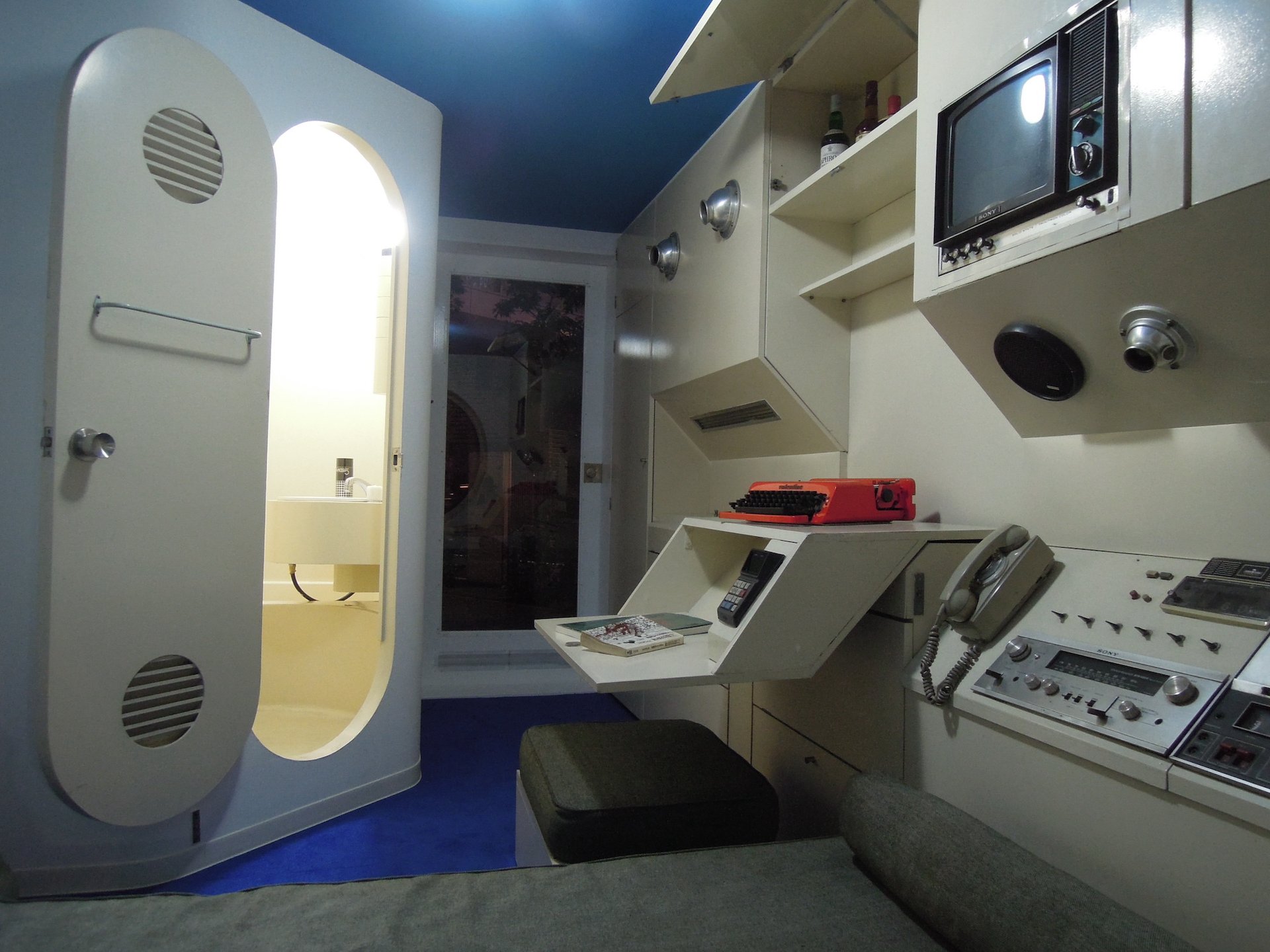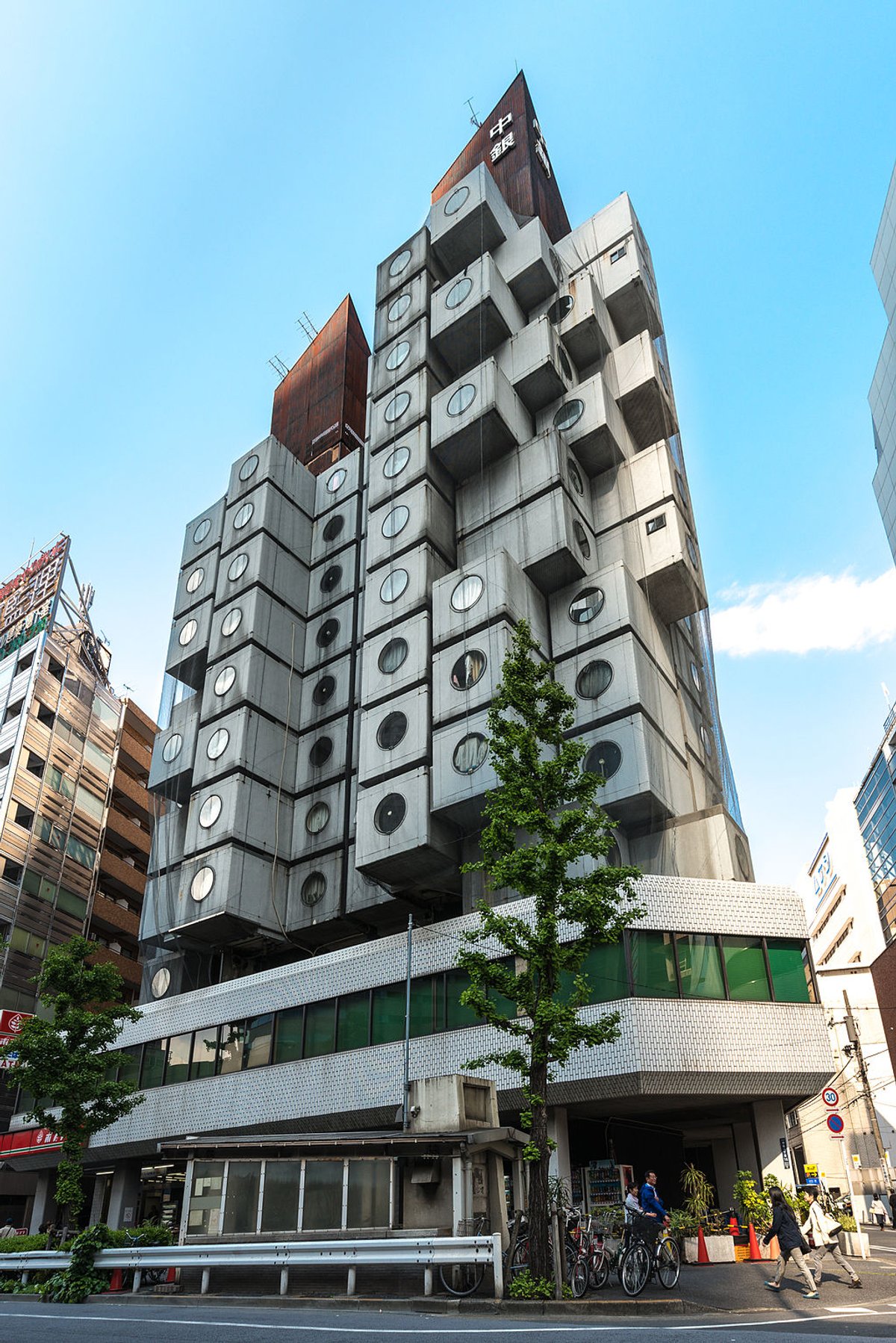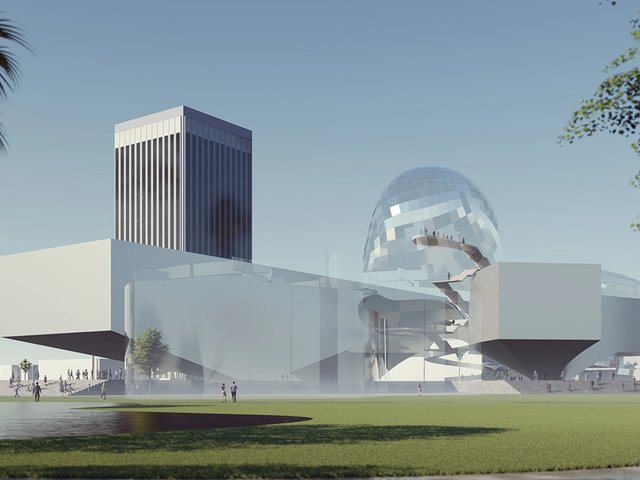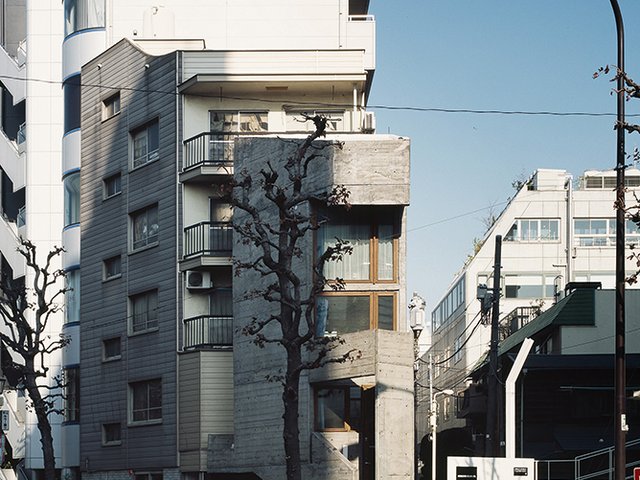The San Francisco Museum of Modern Art (SFMoMA) has acquired a pre-fabricated pod from the famed Nakagin Capsule Tower in Tokyo, an architectural experiment in 20th century Metabolist design, as The Los Angeles Times first reported.
Designed by architect Kisho Kurokawa in 1972, the tower was the foremost example of a cultural turn towards modular, organic construction that could be moved, migrated and updated at will. Nakagin, originally marketed toward businessmen visiting Tokyo for short stints, consisted of 140 pods or pre-fabricated living units, attached to two 13-storey cores. Each capsule housed a bed, fold-out desk and tape player.
After years of decay and neglect, the tower was demolished in 2022, but not without protest—former resident Tatsuyuki Maeda, who led the Nakagin Capsule Tower Preservation and Restoration Project, fought for years to prevent its destruction, managing to preserve 23 capsules in their entirety.

The exterior of the Nakagin Capsule Tower in 2021 Photo by Dick Thomas Johnson, via Flickr
Now, one pod will migrate state-side, Capsule A1302. Owned by Kurokawa and formerly occupying the highest floor of the structure, the renovated module will include many features and electronics that were originally available to buyers in 1972 who opted to customise their pods. SFMoMA also acquired nine photographs from photographer Noritaka Minami’s series documenting the building's interiors over the last 12 years of its existence. Kurokawa capsule, which measures 8.2ft by 13.1ft by 8.2ft, sports a circular window, embedded lighting and storage space.
Capsule A1302 joins other Metabolist architectural holdings in SFMoMA’s collection, such as work by Fumihiko Maki, the firm that designed the neighbouring Yerba Buena Center for the Arts, and other firms and collectives active during the same period, like Supertsudio and Archigram.

The interior of a Nakagin Capsule Tower pod Photo by Kestrel, via Wikimedia Commons
The conceptual thrust of Metabolist architecture resonates with many current threads in architecture and design in 2023, as it relates to attempts to build and live sustainably, adaptably and with a minimal environmental. “The Capsule evokes many conversations around environmental concerns, including shared infrastructure, efficient building and living, and prioritising the permanence of ideas over physical form," Jennifer Dunlop Fletcher, the museum's curator of architecture and design, told The Architect's Newspaper.
In an interview with the The Los Angeles Times, she added, “I like the nomadic idea, the challenge to land ownership. What if you just had your pod and you could plug it into this core or that core?”
SFMoMA has not yet set a date for when Capsule A1302 will go on display.





